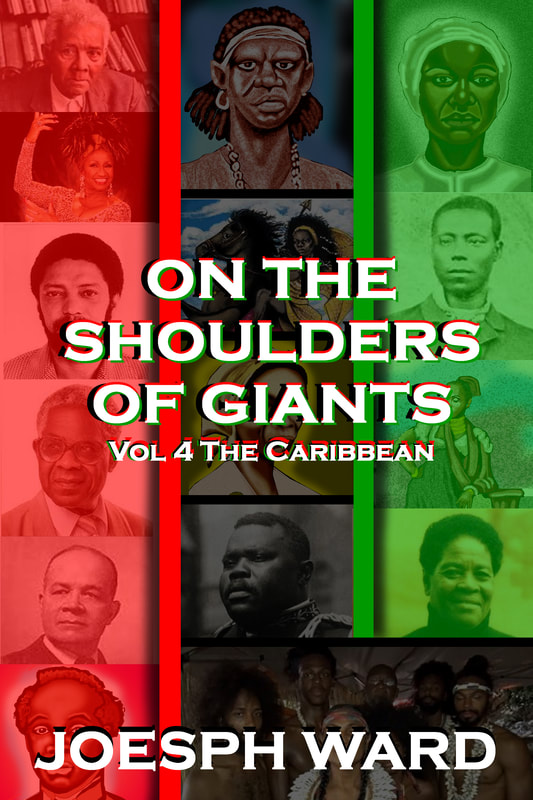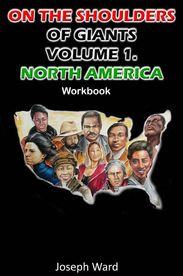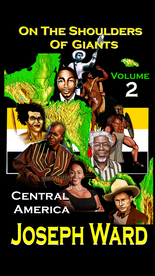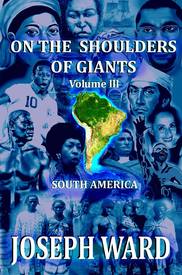|
In 1812 on Brundy Island in Tasmania the daughter of Chief Mangana was born and her name is Truganini, little did anyone know the history of the Aboriginal Tasmanian people would coincide with Truganini’s life. She would face much tragedy early in life which also continued throughout her life; before she turned eighteen years old her mother was killed by whalers. Later, her fiance was killed while saving her from being abducted, and in 1828 her two sisters were kidnapped and taken to Kangaroo Island and sold as slaves. Before the arrival of Europeans Truganini was immersed in her aboriginal Tasmanian culture and rituals; Lieutenant-Governor George Arthur arrived in Van Diemen’s Land in 1824, he set bounties on the Tasmanian men women and children. His next move was to befriend the people so he could trap them in extermination camps; the irony of the situation is that Brundy Island was the most peaceful part of Tasmania. In 1830 there were only 100 living Tasmanian’s in the world, Truganini and a fellow Tasmanian named Woorrady were moved to Flinders Island by George Augustus Robinson to protect them from extermination. George Augustus Robinson was known as the “Protector of the Aborigines” but his intentions didn’t help a number of the people. Many of the people died from influenza and other diseases because of poor conditions and close quarters. Truganini would help George Augustus Robinson create a settlement for her people at Port Phillip in 1838. Around 1840 Truganini and other Tasmanians would begin to fight back against the European terrorist posing as civilized settlers. Their band were able to kill two whalers at Watson’s Hut and they also injured other settlers in the fight. Truganini and her band were labeled as outlaws and hunted to be convicted for their “crimes.” They were eventually captured, tried and hung for their actions; Trugnini suffered a gunshot wound to her head but survived the ordeal. Her wound was treated by Dr. Hugh Anderson and she was then sent to trial for her role in the killing of the European settlers. The trial was held in Melbourne, Australia where she was convicted and sent back to live on Flinders Island with other Tasmanians. In 1856 Truganini and her fellow remaining Tasmanian’s were forced to move from Flinders Island to Oyster Cove; by 1861 there were only 14 living Tasmanian’s in Oyster Cove, all of which were adults. Truganini was eventually moved to a settlement in Melbourne, Australia were she would have a child from John Shugnow. The couple had to hide their child because Truganini and other Tasmanian’s were still being exterminated. Eventually Truganini was captured and exiled from her people, her daughter went to live with the family of John Shugnow of the Kulin Nation. Truganini was the last survivor of the group forced to move to Oyster Cove. She would die years later and be buried at the former Female Factory at Cascades, a small division of Hobart. Truganini knew her death was near and requested that it be a respectful and peaceful one, she did not want her remains to be put on display in museums when she died. Her wishes were kept for two years until her bones were exhumed and placed on display by the Royal Society of Tasmania. Truganini was not the last of the living full-blooded Tasmanian’s but she became the most famous. She was known for her traditional Aboriginal necklace and bracelet which was returned to Tasmania in 1997. Stories like this one and others are often hidden from us and intentionally left out of our history books. We must start asking ourselves why stories similar Truganini’s are kept hidden for so long, but most of all we must find these stories and expose them to the world. Truganini was a brave woman who faced every type of hardship one can think of, but she never turned her back on her people or abandoned her tradition. Truganini, we proudly stand on your shoulders. J.A. Ward References:
https://en.wikipedia.org/wiki/Truganini http://originalpeople.org/story-truganini-full-blooded-aboriginal-tasmanians-palawa/ https://australianmuseum.net.au/truganini-1812-1876
0 Comments
December 19th, 1875 James Henry and Anne Eliza Woodson gave birth to one of the greatest minds of the 20th century, Carter G. Woodson, in New Canton, Virginia. As a young child Woodson’s family was poor and sharecropping was a means his family used to support themselves. As Woodson grew older he would work as a day laborer in Virginia before his family moved to Fayette County, West Virginia in search of better opportunities. Woodson would begin working as a coal miner and his father would find work doing railroad construction. Because of his family’s financial situation Woodson was not attending school regularly, however he began learning on his own and mastering the subjects the school taught. As a twenty year old he began attending Frederick Douglass High School, two years later he graduated high school and moved to Kentucky to enroll into Berea College. Brea College was established in the 1850’s by abolitionist who wanted ex-slaves to receive an education. Woodson earned his bachelor’s degree from Berea College in 1903, later that same year he became a school supervisor in the Philippines a position he would hold until 1907. In the fall of 1907 Woodson would become a full-time student at the University of Chicago where he would earn his master’s and bachelor’s in European history. In 1909 Woodson would earn a scholarship to attend Harvard University and eventually earn a Ph.D. in History making him the second African-American to earn a Ph.D. from Harvard. After leaving Harvard Woodson would move to Washington D.C. and become a teacher at both Armstrong and Dunbar/M Street high schools from 1909 to 1919. From 1919 to 1920 he worked as a professor of history, dean of arts and sciences, and head of the graduate program in history at Howard University. He furthered his career as a professor at the West Virginia Collegiate Institute from 1920 to 1922. Finally later in 1922 he would become the director of the Association for the Study of Negro Life and History in his return to Washington D.C. 1915 was the year Woodson founded the Association for the Study of Afro-American Life and History, he noticed the need to bring history of African people and culture to the forefront. It was no secret that the history of African people was purposely hidden and overlooked, this was unacceptable to Woodson. He would next create his own publication called the Journal of Negro History in 1916, and in 1921 he also established the African American Owned Associated Publishers Press. The February of 1926 was the year Woodson would create Negro History Week to educate African American people about the richness of the history of African people. Woodson would work extensively lobbying to make Negro History Week recognized federally by the United States. It was important to Woodson that African history was available for every African American, with that thought in mind the Negro History Bulletin began to be published in 1937 to help Woodson reach his goal. The Journal of Negro History was used by Woodson to provide a realistic depiction of black life in America it portrayed blacks as human beings from many different walks of life. Because of the publication black people were able to learn that we were more that slaves and sharecroppers. Woodson would choose the second week of February to celebrate Negro History Week because of the birth days of Frederick Douglass and Abraham Lincoln. He also would provide many different types of black institutions with information and instructions on what Negro History Week was and why it had a need to be celebrated. Woodson along with Rayford W. Logan, Charles H. Wesley, Lorenzo J. Green, and A.A. Taylor would become true champions of the history of African people. They used the information they gathered through research to write about and teach an alternative history of African people, these stories were different from what African American people were used to being taught. Woodson and his colleagues were able to provide the people with information directly from African American people and other African people around the world. In 1926 the NAACP honored Woodson with the Spingarn Medal for his efforts in the promotion and education of African history. Woodson’s association which was his main vehicle for educating black America about its past was initially funded by white corporations; Woodson refused to affiliate his organization with HBCU’s so he lost his funding, from that point on he was supported by the black community. 1915 was the first time Woodson became a published author with his work The Education of the Negro Prior to 1861; he also published four monographs, five textbooks, five collections of source materials, thirteen articles, and five collaborative sociological studies. He was dedicated to educating black people about their history and also promoted people researching for themselves. Woodson is noted as one of the first scholars to study slavery from the experiences of the slaves, he was able to capture the true horrors and terror African people faced on a daily bases. He was noted for publishing such works as The Negro Wage Earner, The Negro Professional Man and the Community, A Century of Negro Migration, A History of the Negro Church, The Negro in Our History, The Mis-Education of the Negro, and The African Background Outlined. Woodson would die 1950 in Washington D.C. being regarded as the “Father of Black History” because of his contributions to history of African people as well as being the champion behind Negro History Week, which eventually became Black History Month. If it were not for people like Carter G. Woodson and J.A. Rogers it would be even more difficult now for us to know our story. Dr. Carter G. Woodson, we proudly proudly stand on your shoulders. J.A. Ward |
Details
Categories
All
Click Here to join our mailing list
|
Contact Us: |
Connect With Us |
Site powered by PIT Web Design

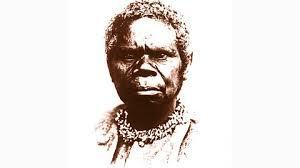
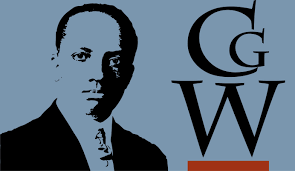
 RSS Feed
RSS Feed
